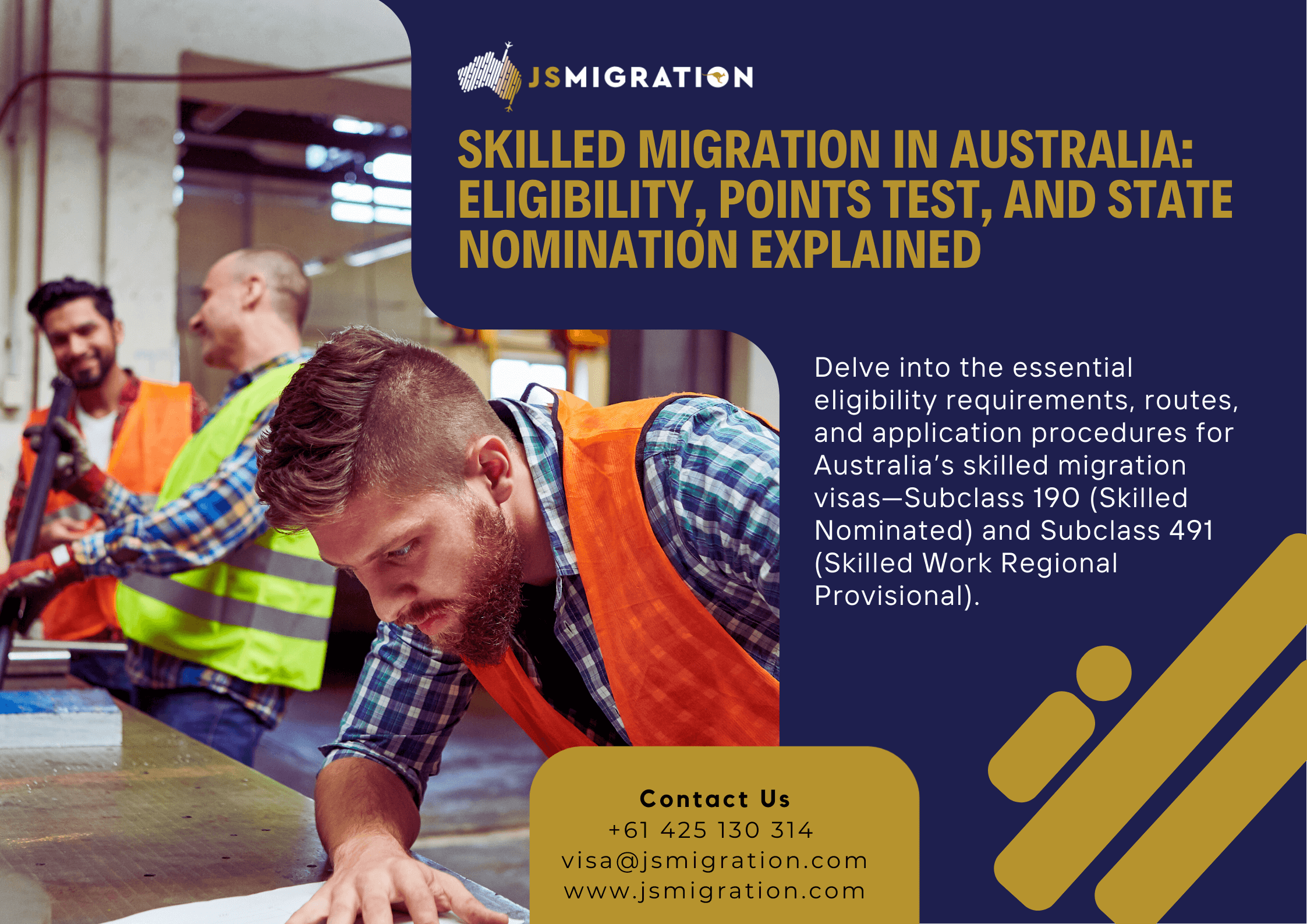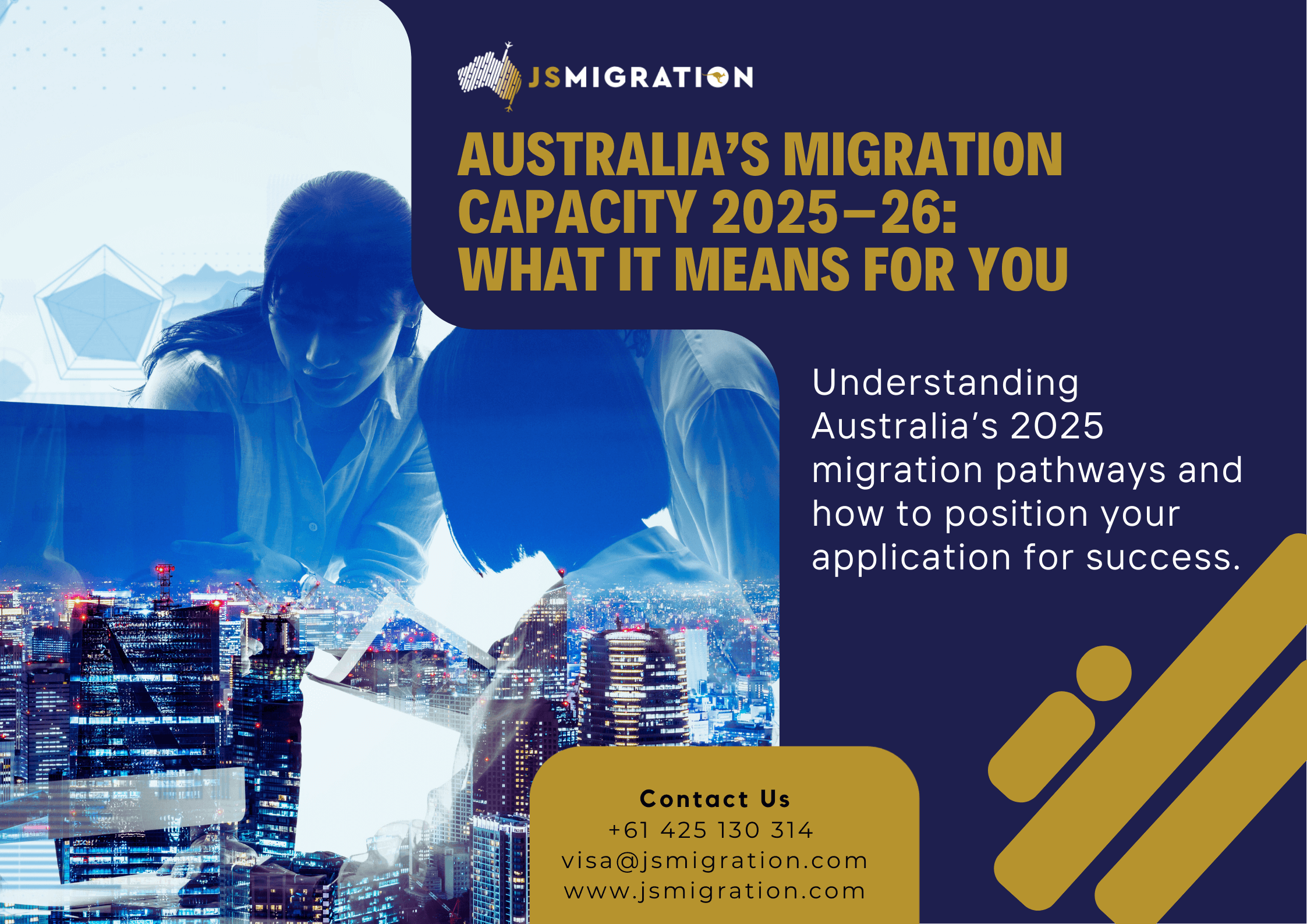On September 4, 2025, the Australian government implemented new regulations that alter the handling of specific visa applications. These updates are particularly significant for individuals seeking special assistance from the government to maintain their visa status or address concerns related to their character or conduct. This procedure is known as “ministerial intervention.” For those whose visas have been canceled or denied, or who have undergone a legal review of their situation, these new regulations modify the existing processes.
What Exactly Has Changed?
Before, people often relied on broad statements like “compassion” or “special circumstances” to explain why they deserved help. Now, the government is asking for strong, clear, and verified evidence. It’s not enough to say you have compelling reasons; you must show proof that can be measured—like medical reports, letters from your employer, or documents proving your role in your community.
This means that the government decision-makers want to see:
- Proof of your family relationships and support in Australia,
- Evidence of how you contribute to your community or workplace,
- Documents showing any vulnerabilities or hardships you face,
- Detailed rehabilitation evidence if you have character concerns (such as past mistakes or criminal records).
Additionally, if you made a request for ministerial intervention before September 4, 2025, be aware that your case may need an update or even a complete resubmission to meet these new requirements.
Why Are These Changes So Significant?
If you or someone you know previously relied on emotional yet ambiguous justifications, those will no longer suffice. The updated system requires current, specific, and official documentation that clearly illustrates your circumstances.
For instance, rather than simply claiming you are a good person, you must now provide:
- Recent medical certificates,
- Official letters from employers outlining your job responsibilities and salary,
- Reports from psychologists or rehabilitation programs that verify your progress,
- Letters from community organizations that demonstrate your ongoing involvement.
This transformation indicates a move towards greater transparency in the process—you will now have a clear understanding of the type of evidence the government expects. However, it also raises the standard for successfully substantiating your case.
What Does This Mean for People Seeking Help?
If you are applying for help under these new rules, here are some important steps you should follow:
Collect Strong Evidence Gather medical records, employment proof, community service letters, and reports from experts like doctors or rehab counselors. These documents must be clear, dated, and easy for the government officials to verify.
Review Old Applications If you submitted a request before the new rules, have it checked carefully. Many old cases might no longer meet the new standards and need updating.
Get Expert Opinions For issues related to health, family matters, or character rehabilitation, expert reports from accredited professionals carry much more weight than general letters or personal statements.
Prepare Your Application Carefully Take your time. A well-organized application with summaries, tables linking your evidence to the new rules, and a clear timeline can make a big difference.
Work with Professionals Lawyers and migration agents will need to review cases earlier to advise if a ministerial intervention is likely to succeed or if there are other better legal options.
How Should You Structure Your Ministerial Intervention Request?
A good request will include:
- A clear cover letter explaining what you want and why, citing the exact section of the law under which you are making the request.
- A “Why grant” table that matches each piece of evidence you provide to the government’s specific criteria.
- A straightforward timeline of events with references to your documents.
- All your supporting documents, carefully indexed and including any expert reports.
- A short legal argument explaining why your case fits the rules and should be approved.
- A simple conclusion stating what outcome you want and any suggestions for conditions (like a conditional visa).
This kind of format helps the decision-maker quickly understand your case and find the necessary evidence without getting lost in long narratives.
What Should Employers Consider?
For employers sponsoring visa holders who may encounter potential cancellation or character concerns, taking prompt action is crucial. Gather letters that detail the employee’s significance to your organization, along with documentation of any positive behavior or rehabilitation efforts. Additionally, be mindful of the timing when hiring individuals with complex backgrounds. Acting hastily can lead to future complications and expenses.
How Can JS Migration Help You Navigate These Changes?
JS Migration is ready to assist by:
- Offering a free initial check to see if your ministerial referral is likely to succeed,
- Organizing expert reports that meet the new evidence standards,
- Preparing clear, professional, and government-ready application packages,
- Drafting legal submissions tailored specifically to the new rules,
- Managing ongoing communication with the Department to keep your case on track.
This practical help means less stress, less guesswork, and a better chance your application will be seen in a positive light.
A Simple Checklist for Action Today
- Review any intervention requests made before September 4, 2025.
- Prepare a clear timeline backed by documents.
- Obtain expert reports if health, vulnerability, or character rehabilitation are relevant.
- Create an executive summary and a detailed “Why Grant” evidence table.
- If your case involves character issues, focus on strong evidence showing successful rehabilitation.
The new Ministerial Instructions make the process more transparent and clearer but also require stronger, measurable proof. It is no longer enough to tell a good story; you need to back up your story with convincing facts and expert evidence. For anyone facing visa challenges, early preparation, professional advice, and organized submissions are now more important than ever—taking these steps can significantly improve your chances for a fair and favorable decision.




